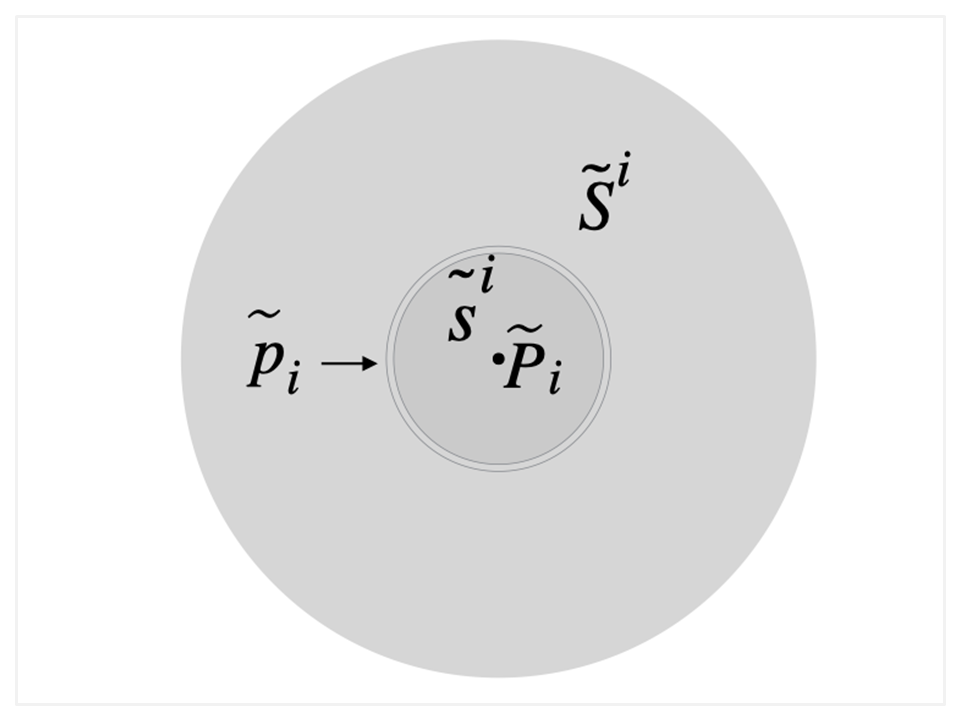Title
Four Types of Electrons and their Associated Finite Magnetic Fields
Authors
Anna C. M. Backerra
Institute for Theoretical and Applied Micro Magnetism, The Netherlands
*Corresponding author E-mail address: info@itammagnetics.com (Anna C.M. Backerra)
Article History
Publication details: Received: 05th November 2020; Revised: 26th January 2021; Accepted: 26th January 2021; Published: 30th March 2021
Cite this article
Anna C. M. Backerra. Four Types of Electrons and their Associated Finite Magnetic Fields. Nano Prog., 2021, 3(5), 17-33.

Abstract
According to twin physics, based upon a complementary mathematical language, each magnetic or electric field is restricted to a finite space. By improving the structure of this theoretical model, more comprehension of the laws of Maxwell and so of the magnetic field is obtained. Magnetism seems to be crucial in understanding electric features in nano-physics and chemical bonds. The basic physical item is a unit of potential energy. To be able to consider large molecules, junction rules for the interaction between many units are defined. Using these rules, four types of electrons are described. Electrons of type 1 en 2, called the free electron and the ground electron, have mass and are supplied with a spin particle. Electrons of type 3 and 4, called the chemical electron and the plasma electron, have no mass and are supplied with a microspace, being a finite magnetized space. Of each electron the features and occurrence are considered, the way of transformation from one type into another and the possible bond with a proton. The plasma electron, having the largest microspace at the largest distance and so influencing the surrounding, seems to play a role in the contagiousness of viruses. Applying the obtained descriptions to a theoretical construction of carbon via hydrogen, helium and beryllium, an explanation is given for the difference in conductivity between diamond and graphene.
Keywords
twin physics; complementarity; laws of Maxwell; four types of electrons; magnetic fields; carbon; diamond; graphene